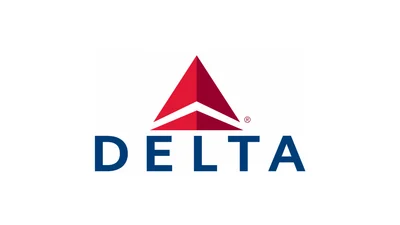Despite its larger maximum takeoff weight compared to earlier models, advances such as new aluminum alloys and increased use of carbon-fiber parts allowed Boeing to increase capacity without significantly raising overall weight. This enables the aircraft to carry more passengers and cargo over longer distances while using less fuel per seat than its predecessor.
Approximately 30% of the millions of individual parts on a 747-8 remain unchanged from earlier versions; many others were only slightly modified. This approach allowed Boeing to certify it as a derivative rather than an entirely new type.
One area that changed was the vertical tail: both fin and rudder grew by about five percent. The longer fuselage shifted the center of gravity farther from the rudder hinge line, making it necessary to improve side force generated by the tail during yaw corrections.
The size and design of this component directly affect minimum control speed—the lowest safe operating speed during single-engine operations—a critical certification requirement influencing airport operations worldwide.
While visibly different from earlier variants, enough similarities remain so pilots and maintenance crews face minimal adjustments when transitioning between models.
Design changes were also influenced by wider wings and engines mounted farther outboard on those wings. This configuration increases yaw if an engine fails during flight; thus, a larger tail with a more powerful rudder is required for safe handling under these conditions.
Boeing’s approach follows established aerodynamic logic seen on other jumbo jets and special mission aircraft. For example, NASA’s Shuttle Carrier Aircraft used auxiliary fins and dorsal extensions for stability when carrying oversized loads. Similarly, derivatives like NASA's SOFIA flying telescope platform and Dreamlifter cargo transporter feature enlarged tails or additional fins tailored for their unique missions.
Other large aircraft—including Lockheed’s C-5 Galaxy military transport, Airbus A380 double-decker airliner, Antonov An-225 Mriya heavy lifter (destroyed during recent conflict), and Howard Hughes’ H-4 “Spruce Goose”—have even taller tails than the 747-8I. These designs reflect similar requirements: greater surface area behind an extended center of gravity provides needed control authority during challenging flight conditions.
Below are key specifications for the Boeing 747-8I:
Passengers: 410
Range: 13,650 km (7,370 NM)
Length: 76.3 m (250 feet)
Wingspan: 68.4 m (224 feet)
Height: 19.4 m (63 feet)
Cruise Speed: Mach 0.86 (659 mph/1,061 kmh)
Maximum Takeoff Weight: 447,700 kg / 987,000 lb
The four GEnx-2B67 engines each produce up to 66,500 pounds of thrust; their placement further outboard means asymmetric thrust effects are amplified if one engine fails—a factor that also drove tail enlargement decisions.
In summary, engineering choices behind the tall tail on Boeing’s final jumbo jet reflect both operational needs stemming from increased size and lessons learned from decades designing large aircraft across commercial and special-mission applications.
 Alerts Sign-up
Alerts Sign-up




































